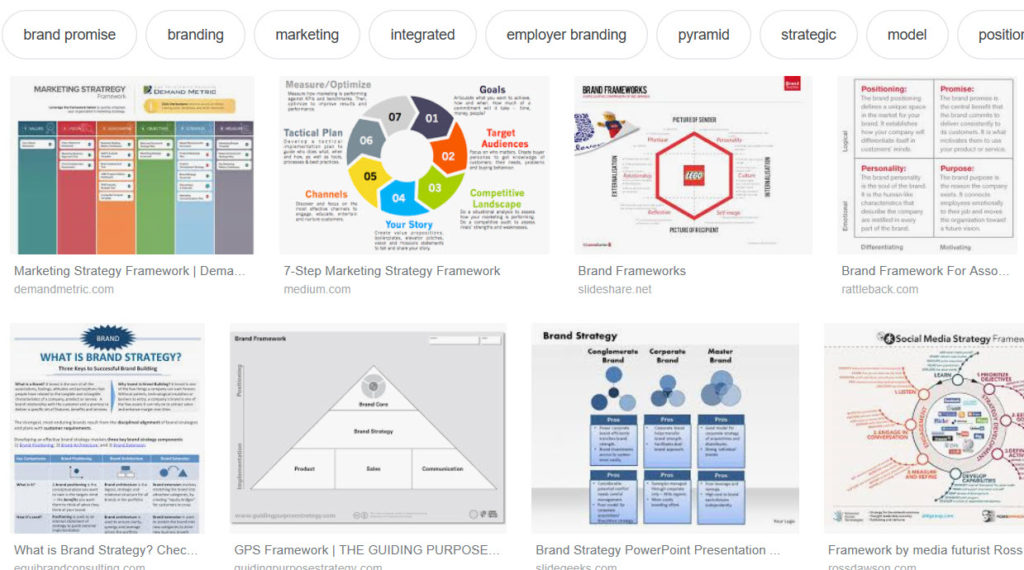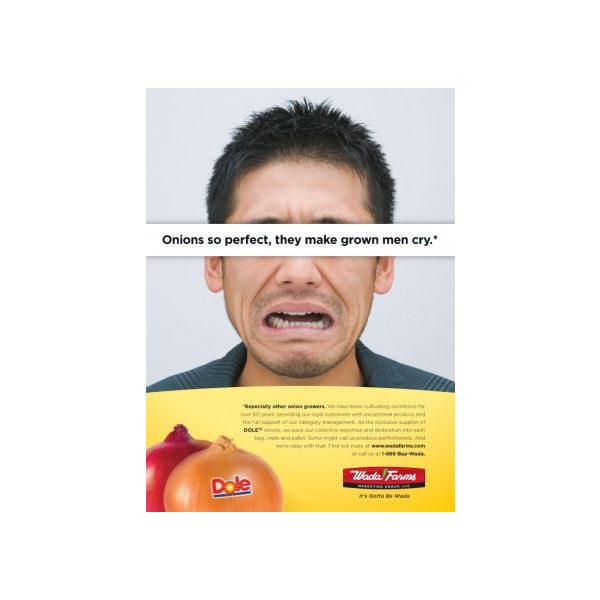Sticky Brands
In a piece of 2014 research conducted by the Economist Intelligence Unit on the subject of customer experience, the top box response to the question below was about message uniformity.
I know to the hammer everything looks like a nail and to the brand planner everything marketing thing looks like brand strategy, but this one made my day. Brand strategy, defined here at What’s The Idea? as “An organizing principle for product, experience and messaging,” is the key to message uniformity. Sure “voice,” “tone” and “personality” are important (ish) but the substance of the message is how one builds brands.
Find your claim. Identify your three proof planks, make sure they are key care-abouts and brand good-ats, and you have a strategy.
Stick to it and it will stick to your customers. And prospects.
Happy holidays to all. Peace.











